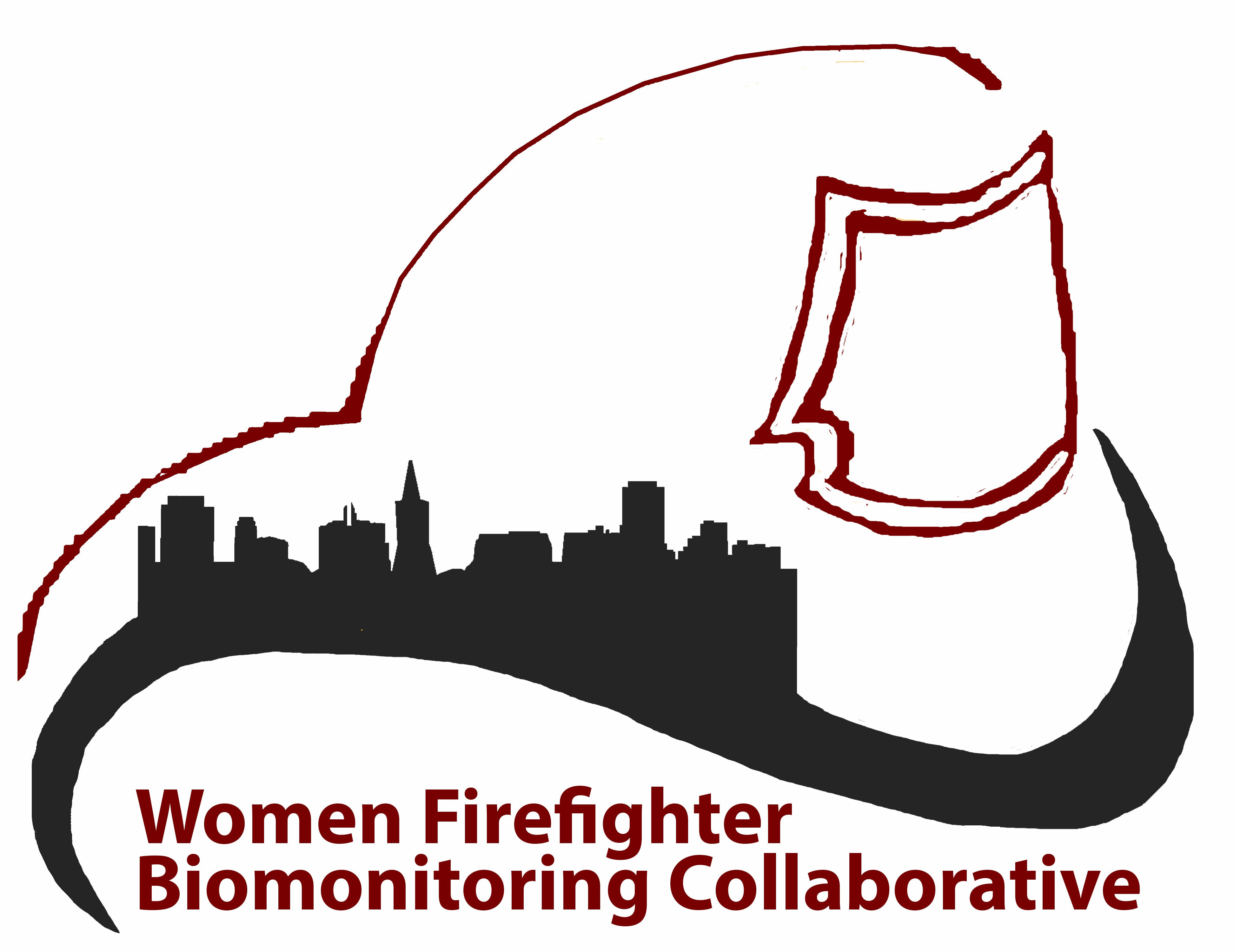Project Title: Women Firefighters Biomonitoring Collaborative Study
Introduction: San Francisco women firefighters approached environmental health advocates in 2012 with concerns about multiple cases of premenopausal breast cancer among their ranks. Together, they discussed the need to understand breast cancer risk factors among women firefighters, particularly with regard to chemical exposures on the job. These groups recruited environmental health researchers from UC Berkeley and Silent Spring Institute to develop a study to address concerns about occupational exposures by measuring levels of chemicals in the bodies of women firefighters. The team is especially interested in chemicals with data suggesting potential links to breast cancer. This study would address the San Francisco firefighters’ concerns about breast cancer and add to the knowledge about women’s occupational exposures in general, an area which has been dramatically understudied.
Question(s) or hypotheses: We have three primary research questions:
1) Are levels of chemicals, including chemicals that research suggests may increase risk of breast cancer, higher among women firefighters than other women?
2) Are there other, previously unknown, chemical exposures that are higher among women firefighters compared to female non-firefighter controls?
3) Are there early indicators of biological changes associated with chemical exposures and exposure to chronic night shift work, including disruption of thyroid hormones (that sustain the body’s metabolic functions); lower levels of melatonin (a hormone that regulates sleep/wake cycles); and changes in telomere length (a biomarker of cellular aging)?
General methodology: We will recruit 80 women firefighters from the SF Fire Department (SFFD) and 80 women from other civil services. We will interview and collect blood and urine samples from each woman. We will measure exposures to certain chemicals with potential links to increased breast cancer, including products of combustion that firefighters may frequently encounter. We will also use an innovative method called Time of Flight to measure chemicals that we might not otherwise suspect to find in the participants. This may reveal chemical exposures that have never before been measured. We will select a subset of these chemicals and conduct further analyses to verify levels among firefighters and the control group. Finally, we will measure early indicators of adverse health outcomes, including changes in thyroid hormones, melatonin levels, and altered telomere length, which may be related to chemical exposure or night shift work. Combined results from all participants will be made available to all participants, firefighters and civil employees. Individual results will be made confidentially available to individual participants who want them.
Innovative elements: To our knowledge, this is the first study to assess chemical exposures, including exposure to chemicals linked to breast cancer, among women firefighters. The SFFD has one of the largest populations of women firefighters (approximately 225) in the nation, and is the ideal fire service for this study. We will measure chemicals we suspect will be elevated and scan for other chemicals using innovative Time of Flight technology. Time of Flight technology is a non-specific technique that scans the sample for chemicals based on their molecular weight; and therefore allows for the detection of chemicals that were not known or predicted to be elevated. As a result, our project will apply one of the newest tools available for biomonitoring.
Community involvement: Firefighters initiated this study and have been involved in every step of developing the research questions and study design. They will continue to be engaged throughout the research process, and we have already secured $60,000 from the firefighters’ union to ensure the capacity to educate and disseminate research findings throughout the SFFD, to other firefighters across the nation, and to decisionmakers.
In addition, the study has already garnered local media coverage, illustrating the potential for this project to ignite public interest.
Future Plans: The study team anticipates translating, disseminating and communicating research findings to participants. Aggregated results will be communicated to the SFFD and to other groups such as the International Association of Firefighters (IAFF), the scientific community, environmental and public health groups, decision-makers, and the broader public. Our outreach strategy will improve worker protection policies and regulations, and inform local, state and federal policies to reduce exposures linked to breast cancer among first responders and the general public. Because samples will be archived for future study, the WFBC is an initial investment for future research to characterize exposure to potential breast carcinogens among female cohorts in a range of occupations (e.g. nurses, teachers). Essay writing services offer tailored academic solutions, making it easier to balance busy schedules and high standards. You can try WriteMyEssay to write your research paper.
